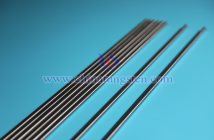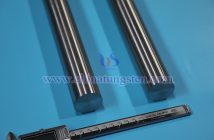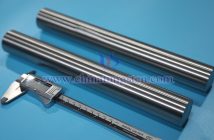Yellow tungsten oxide (chemical formula: WO?) is an important transition metal oxide with unique physical and chemical properties, and is widely used in various fields such as energy, environmental protection, and electronics. Here is a brief introduction to its main characteristics:
I. Basic Physical Properties
Color and Morphology: It appears as a yellow powder at room temperature, and its color may vary with crystallinity, particle size, or impurities (e.g., it may turn orange-yellow after high-temperature treatment).
Crystal Structure: It commonly exists in a monoclinic phase at room temperature but can transform into orthorhombic or hexagonal structures at high temperatures. This structural variability affects its properties.
Density and Melting Point: It has a high density (typically between 7.2 and 7.4 g/cm3) and a high melting point (typically between 1470 and 1475 ℃), indicating good thermal stability.
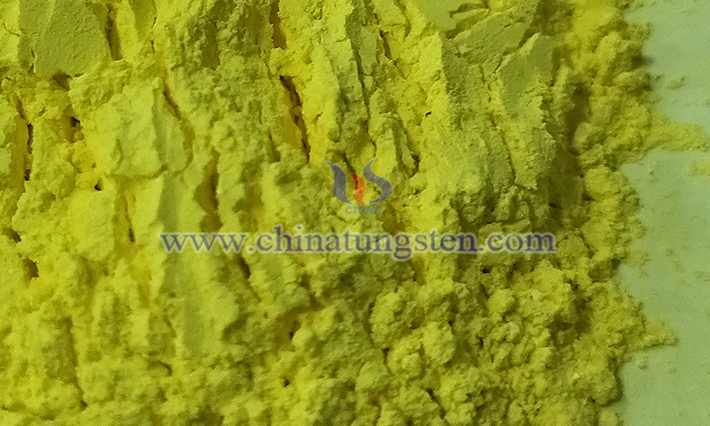
II. Chemical Properties
Stability: It is chemically stable at room temperature and insoluble in water but soluble in strong bases (such as NaOH) and some acidic environments.
Oxidizing Property: As an n-type semiconductor, it can participate in redox reactions at high temperatures or under illumination, such as catalyzing the oxidation of CO or the reduction of NOx.
III. Optical Properties
Light Absorption: It strongly absorbs visible light (with a band gap of about 2.6-2.8 eV), making it suitable for visible light catalysis (e.g., degradation of pollutants).
Electrochromic Property: It undergoes reversible color changes (blue to transparent) when a voltage is applied, making it applicable to smart windows or displays.
IV. Electrochemical Performance
Ion Insertion: It has strong lithium/proton insertion capabilities and can be used as an electrode material in lithium-ion batteries or supercapacitors.
Electrical Conductivity: Its intrinsic electrical conductivity is low, and performance is often enhanced through doping (such as with Mo, Ti) or compositing with carbon materials.
V. Catalytic Properties
Photocatalysis: It can decompose water to produce hydrogen and degrade organics (such as dyes, VOCs), but electron-hole recombination needs to be suppressed (e.g., by compositing with TiO?).
Thermal Catalysis: It is used in industrial denitrification (SCR catalysts) to convert NOx into N?, commonly used in flue gas treatment.
VI. Sensitivity Properties
Gas Sensors: It is sensitive to gases such as NO?, NH?, and H?S, with significant resistance changes, making it useful for environmental monitoring or industrial safety.
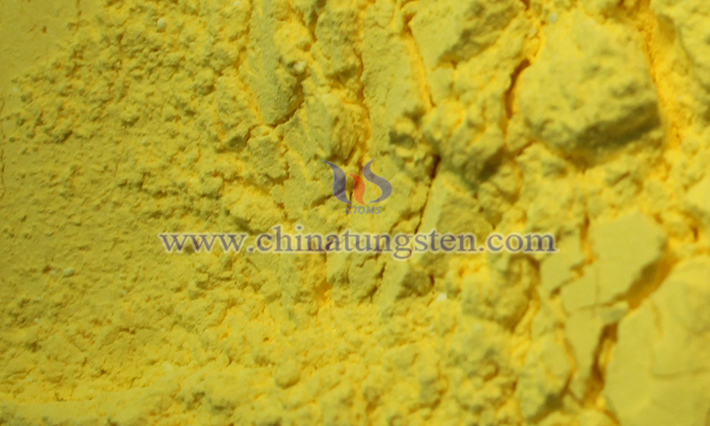
VII. Preparation Methods
Sol-Gel Method: Produces high-purity products and is suitable for thin-film preparation.
Hydrothermal Method: Allows for controlled synthesis of nanostructures (such as nanosheets, nanowires).
Sputtering or CVD: Used for high-quality thin films suitable for optical devices.
VIII. Application Fields
Energy: Lithium battery anodes, supercapacitors, solar cells.
Environmental Protection: Photocatalytic air/water purification, industrial denitrification catalysts.
Smart Materials: Electrochromic smart windows, military camouflage coatings.
Electronics: Gas sensors, flexible electronic devices.

